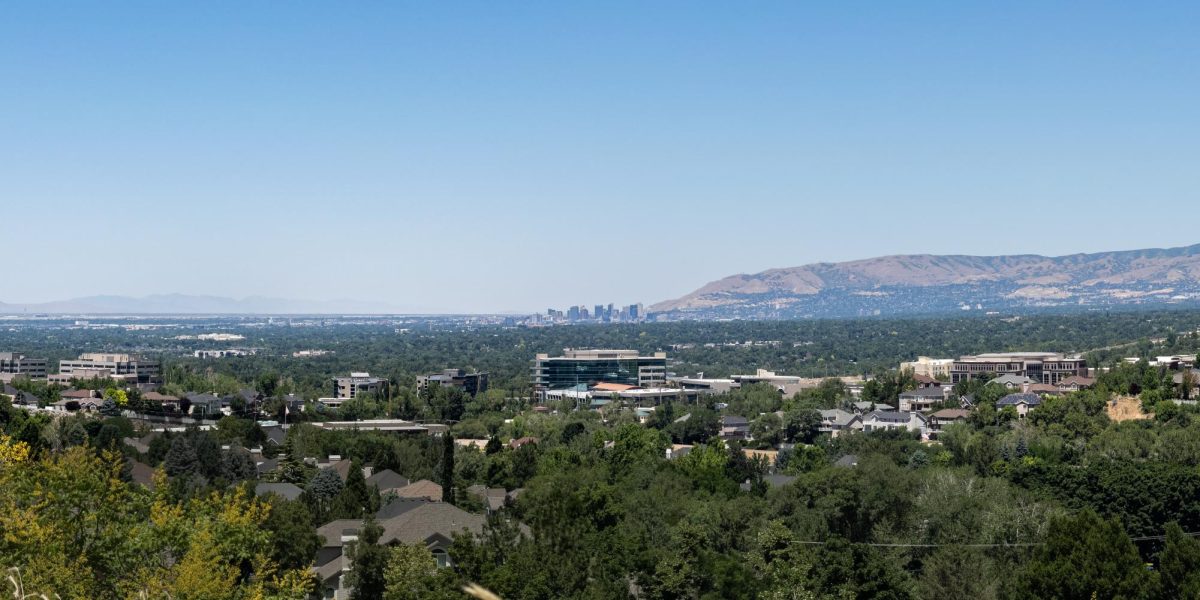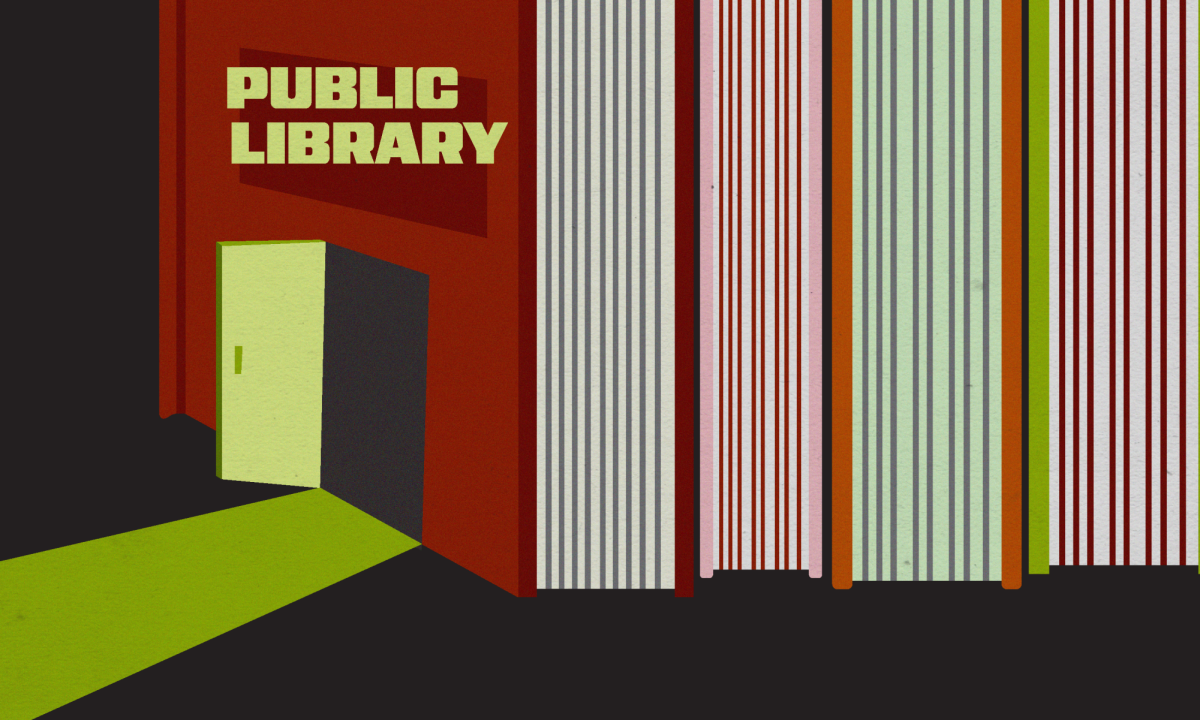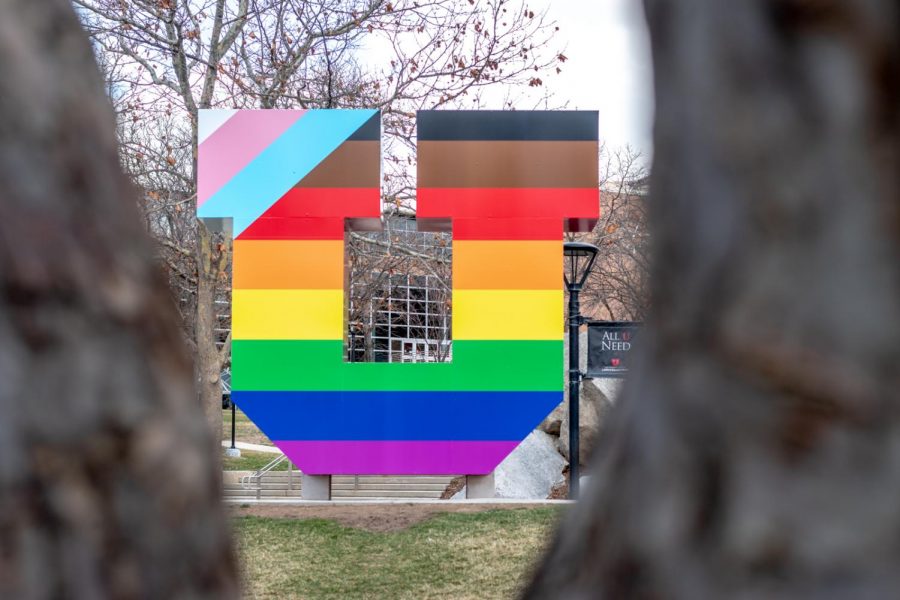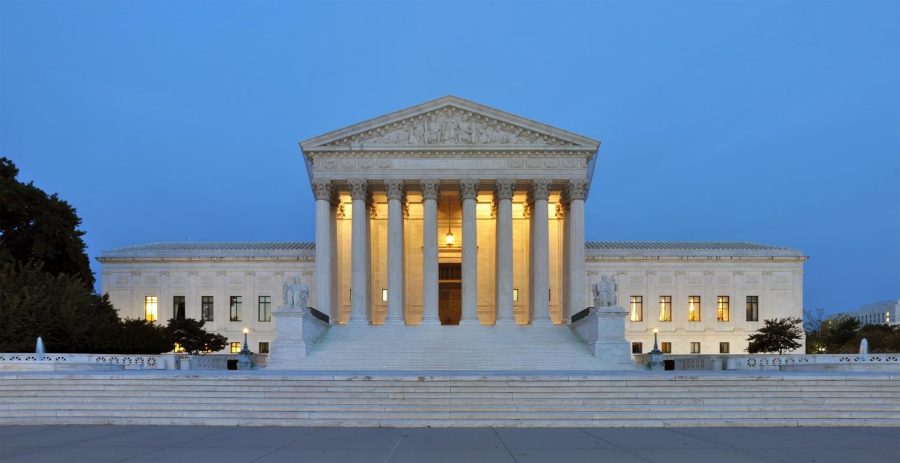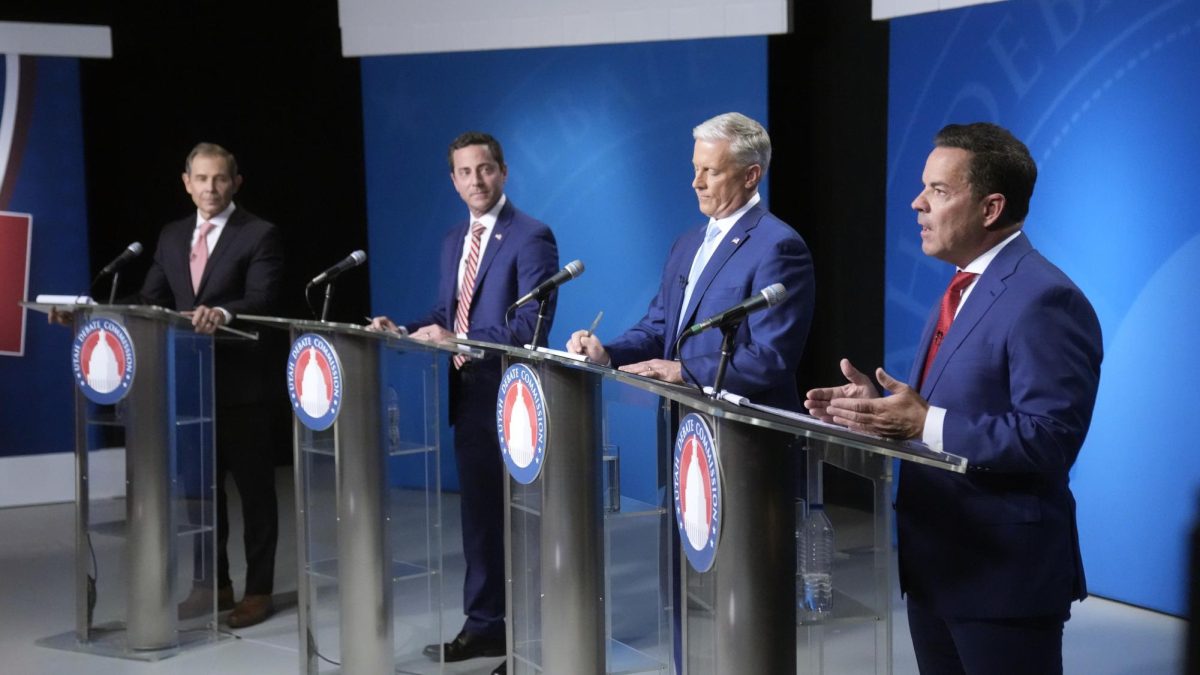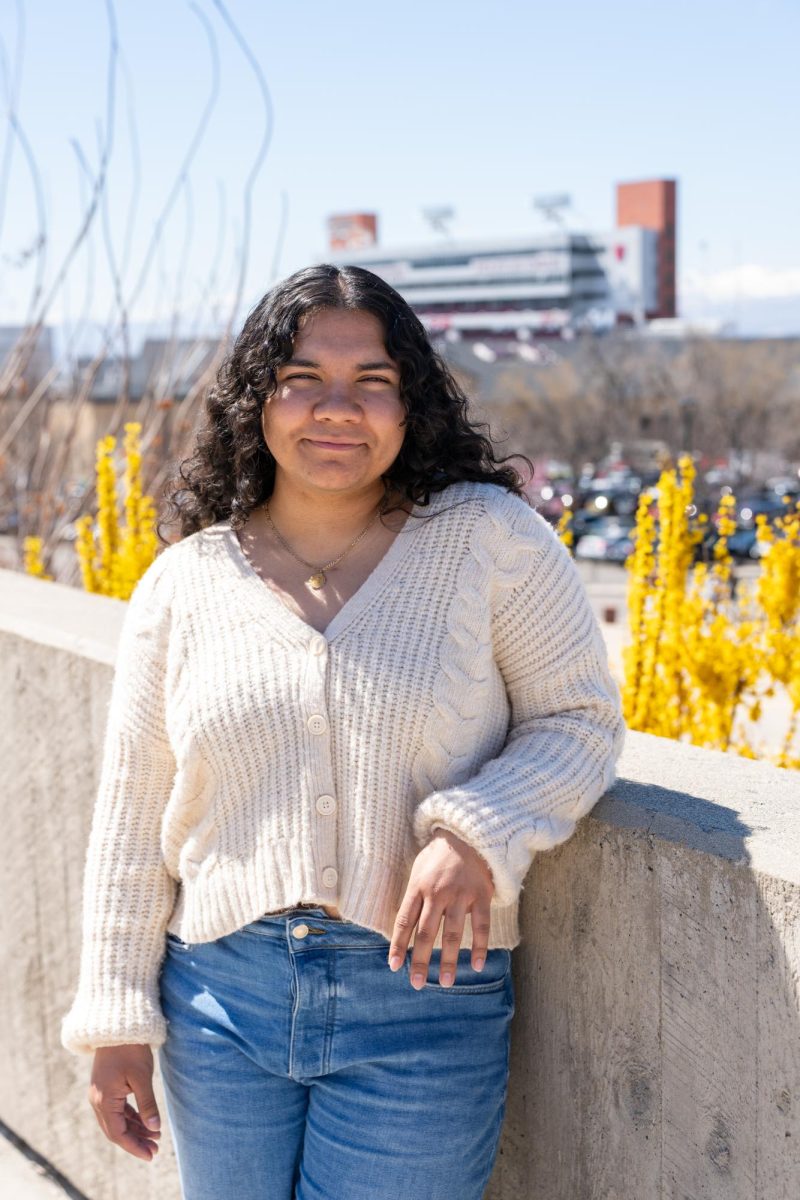One U professor and a Salt Lake City company are changing the way authorities in Thailand search for missing persons.
Victims of last December’s tsunami in Asia are being identified using DNA, the help of Don Pedersen, professor of family and preventive medicine at the U and director of the Physician Assistant Program, and the cooperation of Sorenson Genomics, a division of Sorenson Companies.
When more than 150,000 people died in the tsunami, Pedersen traveled to Thailand with a team from Sorenson Genomics to contribute his medical knowledge.
“I got caught up in it just like everyone else and wanted to use my skills and knowledge to help in any way I could,” Pedersen said.
Pedersen spent most of January in a Buddhist temple that had been converted into a morgue, taking DNA samples from the ribs of corpses for victim identification.
The identification process was an organized collaboration of information from various professionals and volunteers at the temple.
“Many of the volunteers had lost friends or family members in the tragedy and, like me, they felt compelled to help,” Pedersen said.
The identification process involved many steps. Several pictures were taken of each body, and each picture was numbered. These numbers corresponded to a number on the body bag, and microchips were also implanted into the bodies to organize them numerically. In addition, dental and assessment teams worked to gather information to assist in identifying the bodies.
All the information was combined and organized according to the numeric system. This information was then compared with the genetic information of searching family members.
“One team was responsible for taking swab samples from the relatives and trying to match them with the victims,” Pedersen said.
Collecting the DNA was often difficult due to the nature of the event.
“Most of the bodies we received had been buried for several weeks, which complicated the process of DNA sampling,” Pedersen said.
Many of the DNA samples were sent to Sorenson Genomics in Salt Lake City to be further identified.
Pedersen and Sorenson Genomics are now assisting the Thai government in developing the technology in their own country.
The country has more than 1,000 missing persons reported every year and, when that number swelled after the tsunami, most investigative work had to be done by foreigners, consultant to Sorenson Genomics Dave Rockwood said.
While in Thailand, Pedersen worked with three Thai military pathologists, Khun Manit Suthapron, Chumsak Pruksapong and Khun Ying Porntip Rojanasunan.
The Thai pathologists learned by observing how the Utah labs worked.
“We talked about the different ways to collect DNA when events like (the tsunami) take place,” Pedersen said.
In June, Sorenson Genomics brought the pathologists from Thailand’s Central Institute of Forensic Sciences, an institution similar to the FBI, to Salt Lake City to view the state’s top DNA labs.
“We thought it was important to bring them here to see our lab and talk about future goals,” said Lars Mouritsen, chief scientific officer at Sorenson.
Together the scientists discussed how Thailand could become internationally certified in DNA identification.
“They went away with a lot of ideas on how they can go forward with their goals of creating a central database of missing persons and convicted offenders,” Mouritsen said.


